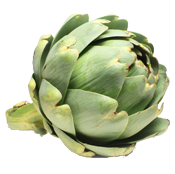THE ORIGINS OF ARTICHOKE
This vegetable probably originates from the Carthage region of Tunisia. Ancient
representations indicate the presence of artichokes in ancient Egypt. Greeks and Romans brought it back, taking advantage of its virtues to promote digestion and to treat liver and kidney disorders.
It is still used today in some drugs to stimulate bile production.
Italian horticulturists of the Renaissance period modified it and distributed it throughout the rest of Europe. Its French name comes from the Lombard “articcioco” derived from the Spanish “alcarchofa” derived from the Arabic “al-kharshôf”.
THE VARIETIES OF ARTICHOKE
From the family of the cynarées, its cousin is the thistle.
There are various varieties, all of which derive from a few more traditional types:
Camus de Bretagne, lavender green is heavy (up to 500g) with a well fleshy base. The scales are tight and slightly spread at the base.
Violet de Provence has small purplish capitulas. It is harvested before its maturity, so without hay, which makes it possible to taste it raw in pepper.
Blanc Hyérois has a large oval capitula with long, narrow, light green scales with corky traces.
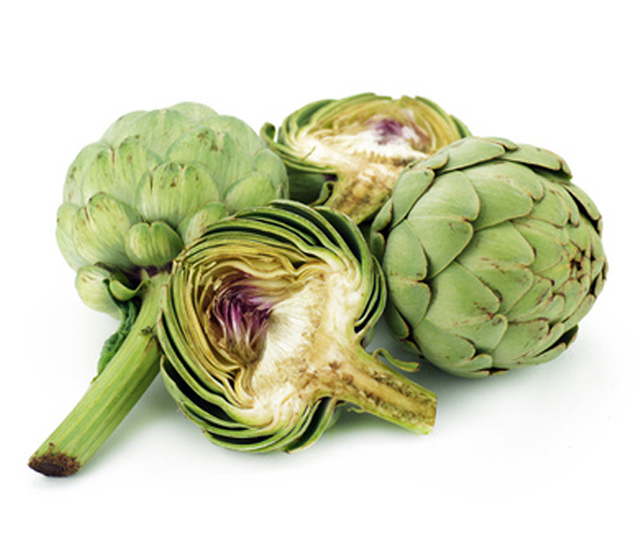
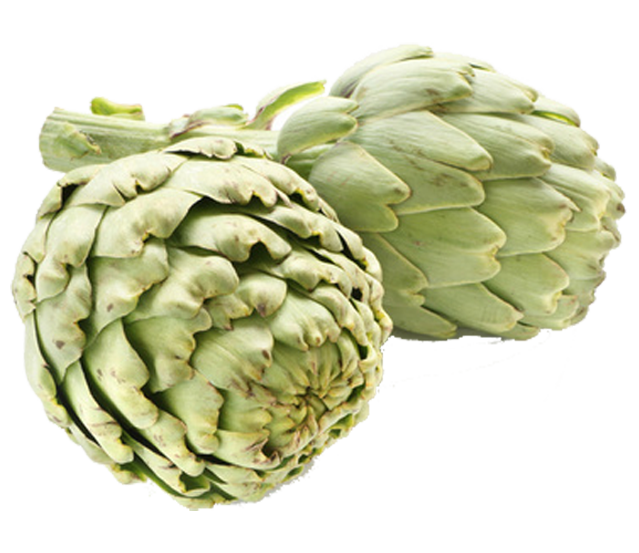
HOW TO CHOOSE ARTICHOKE
The artichoke will be heavy. The colour must be uniform and free of stains. The scales must be brittle and the stem must not be dry. The small purple artichokes are sold in bouquets. Their leaves will be numerous and spicy.
It is necessary to count an artichoke of 400g per person if one eats it in vinaigrette. Small artichokes are eaten in triads for a garnish or in pairs for an appetizer. It should be noted that artichokes are cooked in Italian cuisine, particularly for antipasti.
HOW TO STORE AND COOK
ARTICHOKE
Artichokes do not keep in their original state. The leaves turn yellow quickly and it dries out, becoming fibrous and bitter. After cooking, it is essential to consume it quickly because it oxidizes quickly and can produce toxic compounds.
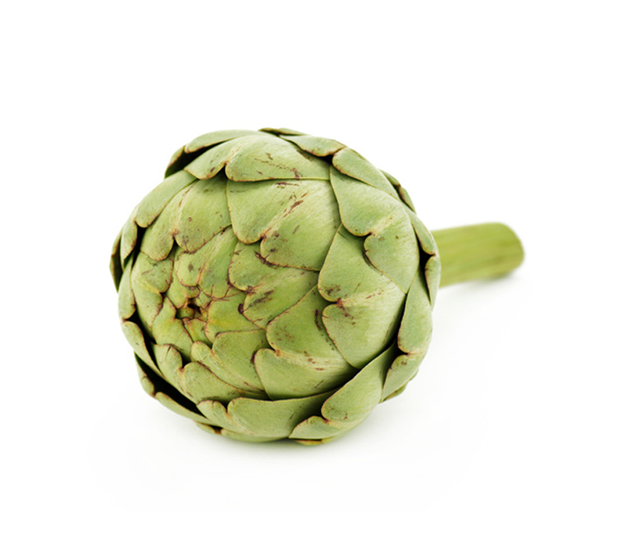
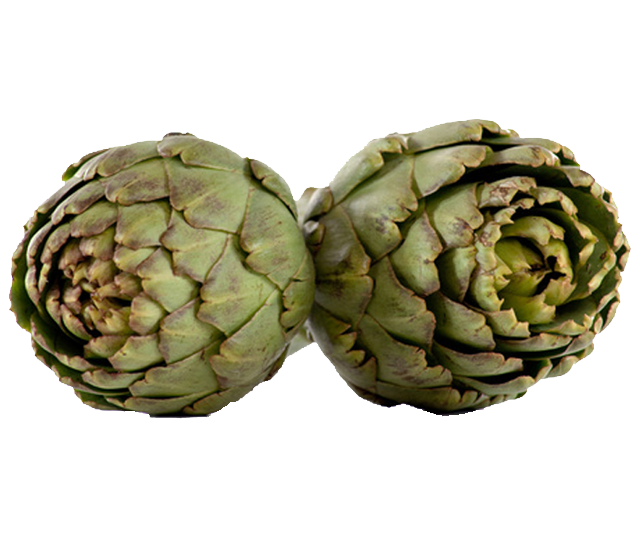
ARTICHOKE’S HEALTH PROPERTIES
A high mineral concentration and a high fibre content make it a friend of the bone system. Rich in water and potassium, it is also a good renal purifier. The digestive system benefits from fibre and cynarine, which is a tannin.


